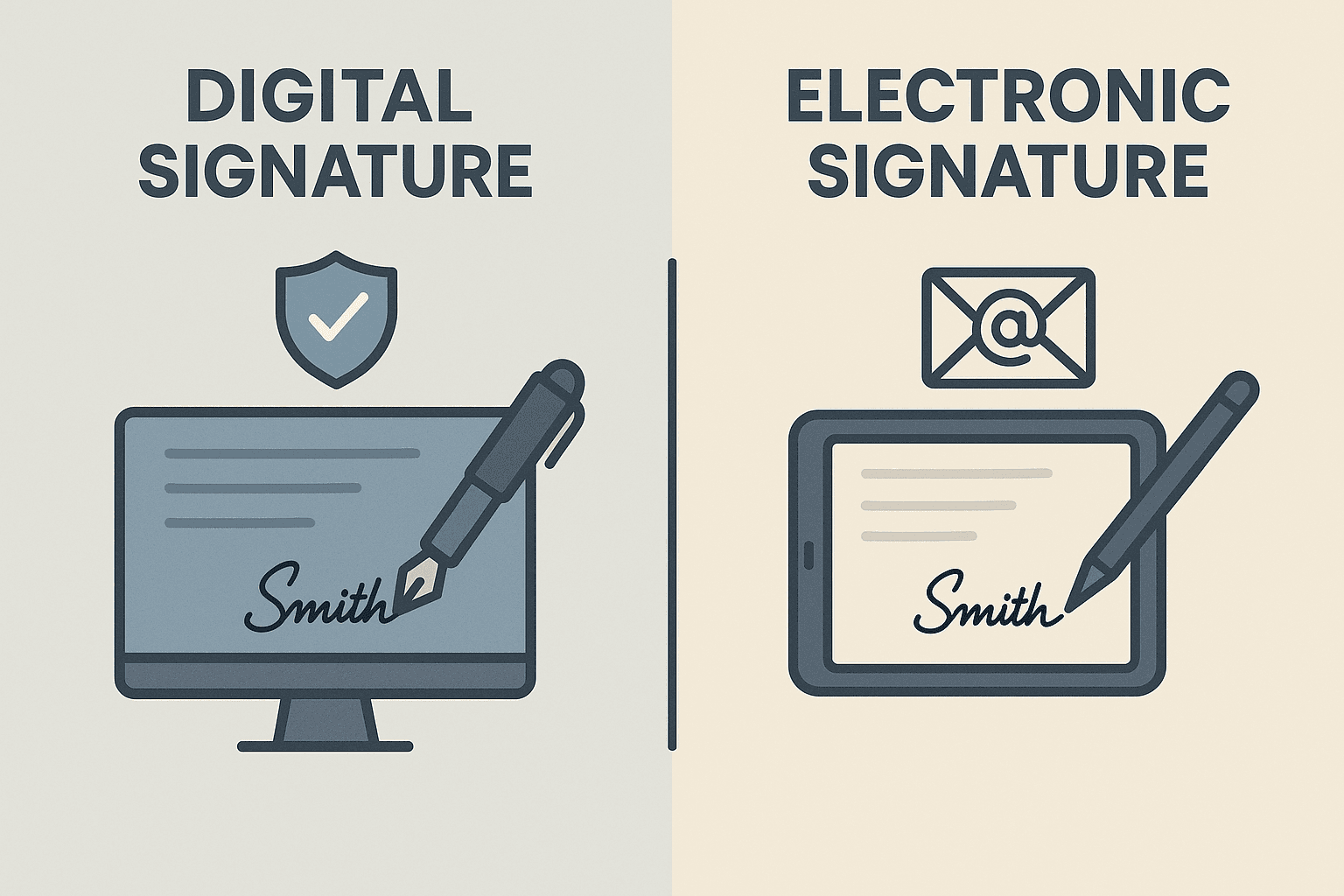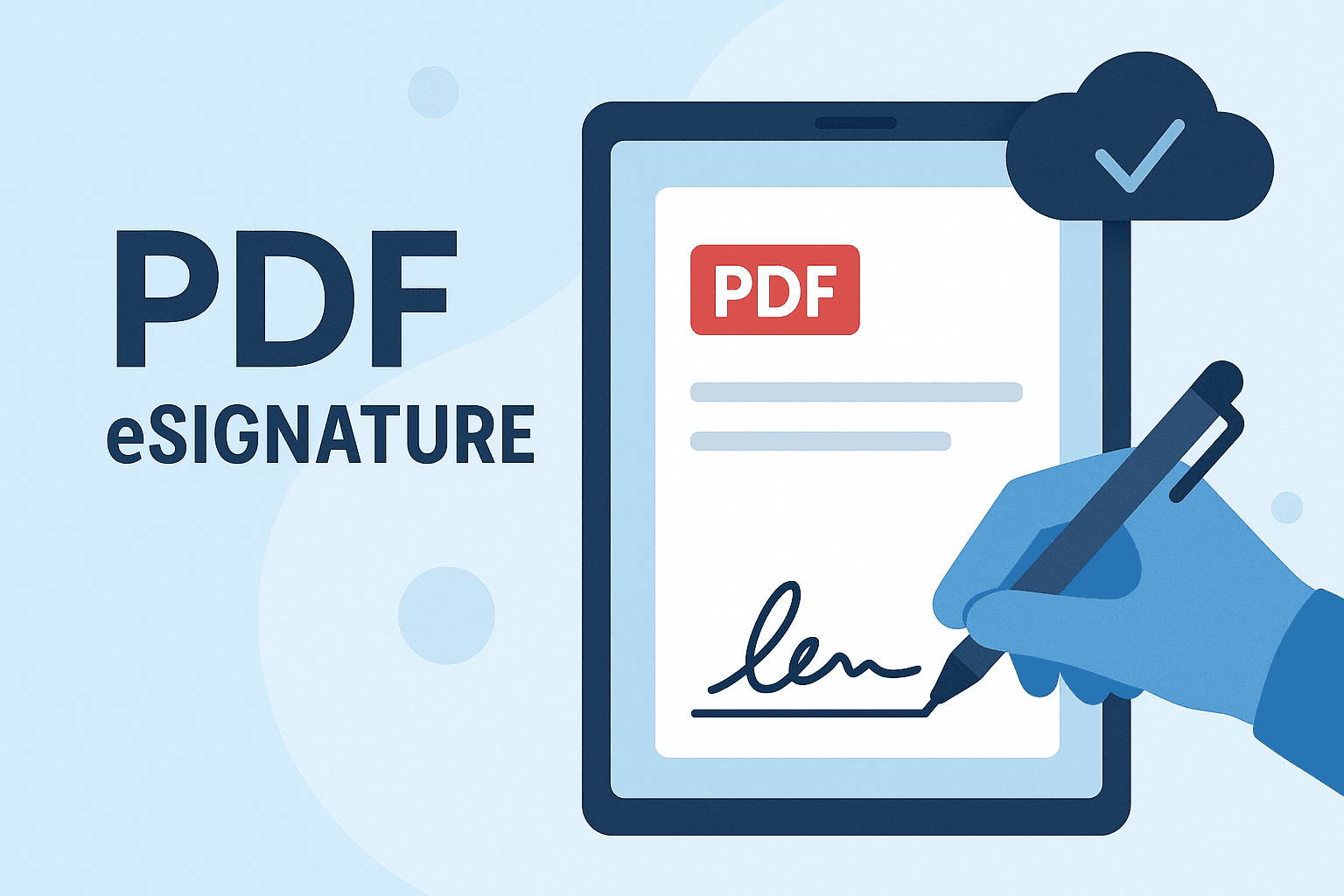WhatsApp or email with our sales team or get in touch with a business development professional in your region.
How do you obtain a digital signature?





How Do You Obtain a Digital Signature?
In today’s fast-paced digital economy, traditional pen-and-paper signatures are rapidly being replaced by digital and electronic signatures. Whether you’re signing a contract, authorizing a document, or completing government forms, digital signatures have become a legal, secure, and highly efficient means of carrying out authentication. But the question remains: How do you actually obtain a digital signature?
This guide explains the process of acquiring a digital signature, highlights how local legal frameworks affect the process, and offers useful suggestions for individuals and businesses—especially those in Hong Kong and Southeast Asia.
What Is a Digital Signature?
Before diving into the process, it’s essential to clarify the terminology. A digital signature is a cryptographic mechanism used to validate the authenticity and integrity of digital messages or documents. It is a subset of electronic signatures, but with enhanced security features such as encryption and certification by a trusted Certificate Authority (CA).
In many jurisdictions, digital signatures are legally recognized under specific local or regional laws. For instance:
- In Hong Kong, the Electronic Transactions Ordinance (Cap. 553) governs the use of electronic and digital signatures.
- In Singapore, such signatures are regulated under the Electronic Transactions Act (ETA).
- Across ASEAN nations, individual countries have adopted their own legislation often in line with UNCITRAL Model Law on Electronic Commerce.
Therefore, securing a legally compliant digital signature may vary depending on your jurisdiction.
Step-by-Step Guide: How to Obtain a Digital Signature
Step 1: Choose a Certified Digital Signature Provider
To ensure your digital signature is legally recognized, the first and most important step is selecting a trusted and accredited provider. These providers must comply with national or regional regulations and are often recognized as Certificate Authorities (CAs).
Some globally and regionally compliant providers include:
- eSignGlobal (regional expertise in APAC)
- DocuSign (globally recognized)
- Adobe Sign
- SigniFlow (Asia and Africa focused)
In Hong Kong, organizations may also consider providers certified under the “Recognized Certification Authorities” list maintained by the Office of the Government Chief Information Officer (OGCIO).

Step 2: Register and Provide Identity Documentation
Once you’ve selected a provider, the next step is registering with them and verifying your identity. Here’s what this typically involves:
- Setting up an account on the provider’s platform
- Providing personal or organizational identification, such as national ID, business license, passport, or tax identification number
- Undergoing KYC (Know Your Customer) verification, required under many jurisdictions’ data privacy and fraud prevention laws
For businesses, proof of legal existence and authority is often required, such as a company registration certificate or business incorporation documents.
Step 3: Obtain a Digital Certificate
A Digital Certificate is a crucial component of a digital signature, acting like an electronic “ID card” issued by the Certificate Authority. It binds your identity to a pair of cryptographic keys:
- A private key, kept securely by the signer
- A public key, used by others to verify the validity of your signature
The digital certificate contains the following:
- Your name or organization name
- Serial number
- Certificate Authority name
- Expiry date
- The public key
In Hong Kong, for example, digital certificates should comply with the Electronic Transactions Ordinance and may be legally strengthened if issued by a Recognized Certification Authority such as the Hongkong Post Certification Authority (HKPost CA).

Step 4: Install Digital Signature Software or Integrate with Your Workflow
Depending on your chosen provider, you may receive software or an API to integrate into your digital workflow. Popular platforms like eSignGlobal and DocuSign offer:
- Cloud-based signature portals
- On-premise signature solutions with control over cryptographic keys
- Seamless integration with platforms like Microsoft Office, PDF readers (e.g., Adobe Acrobat), and enterprise-level document management systems
For cross-border transactions or large enterprises, platforms like eSignGlobal also allow for multi-lingual support, audit trails, timestamping, and integration with ERP systems.
Step 5: Start Using Your Digital Signature
Once your digital certificate and tools are ready, you can begin signing documents and verifying signatures. The actual signing process involves:
- Uploading the document you want to sign
- Selecting the nature and placement of your signature
- Applying the digital signature using your secure private key
- Sending the signed document, which can now be verified using your public key
Don’t forget to store your private key securely—whether it’s cloud-hosted with strong encryption, on a USB token, or via hardware security modules (HSMs). In most jurisdictions, security measures such as two-factor authentication (2FA) are encouraged or required.
Legal Compliance: Important Local Considerations
Digital signatures are only as useful as the legal recognition they enjoy. Here is a regional snapshot:
- Hong Kong: Only digital signatures backed by recognized CAs such as HKPost CA enjoy the presumption of legal validity under Cap. 553.
- Singapore: Digital signatures that leverage secure signature creation devices and certificates from licensed providers are presumed valid under the ETA.
- Malaysia & Indonesia: Typically require local accreditation for the utmost legal presumption.
- Philippines: While digital signatures are recognized, using a PSC-accredited CA ensures better enforceability.
Always ensure your provider’s certificates and practices align with local compliance standards such as GDPR, PDPO (HK), or PDPA (Singapore/Malaysia).

Bonus Tips for Businesses and Enterprises
- Automate document approvals using workflow hubs integrated with digital signatures
- Use time-stamping services to meet regulatory data integrity requirements
- Conduct regular audits to ensure the timely renewal of expired digital certificates
- Ensure staff training around digital identity management and fraud safeguards
Digital signatures not only ensure legal enforceability but also speed up business processes, reduce reliance on paper, and enable secure remote working—a necessity in today’s global work environment.
eSignGlobal – The Local-Friendly DocuSign Alternative for APAC Users
For users in Hong Kong, Singapore, Malaysia, Indonesia, and broader Southeast Asia, eSignGlobal offers a legally compliant alternative to international platforms like DocuSign. Designed with regional functionality in mind, eSignGlobal offers:
- Chinese & English interface support
- Compliance with local laws and certifications (Cap. 553, PDPA, ETA)
- Multi-certificate support (including HKPost)
- Onshore data centers to meet privacy law requirements
- Enterprise-level integration with local ERP and insurance systems
Whether you’re a small business operator or regional enterprise, eSignGlobal helps you stay compliant without compromising ease of use.

By following these steps and partnering with a legally recognized digital signature provider, individuals and businesses can obtain a digital signature that is secure, efficient, and legally binding—no matter where they operate.

Shunfang
Head of Product Management at eSignGlobal, a seasoned leader with extensive international experience in the e-signature industry.
Follow me on LinkedIn
Get legally-binding eSignatures now!
30 days free fully feature trial
Business Email
Get Started
 Only business email allowed
Only business email allowed
Latest Articles
Can signers draw their signature or must they type it?
How to remove vendor branding from the signing page?
Can I require the signer to upload an attachment before signing?
What does the signer see when they receive an e-signature request?
Can I customize the email body and subject line for sign requests?
How to correct a mistake in a sent document without resending?
Can multiple people sign the same document simultaneously?
Is the signing process accessible for people with disabilities?


